- Home
- Roy J. Snell
Blue Envelope
Blue Envelope Read online
Produced by Al Haines
_Adventure Stories for Girls_
The Blue Envelope
By
ROY J. SNELL
Chicago
The Reilly & Lee Co.
Copyright, 1922
by
The Reilly & Lee Co.
All Rights Reserved
The Blue Envelope
CONTENTS
CHAPTER
I A MYSTERIOUS DISAPPEARANCE II A BOLD STROKE REWARDED III THE MYSTERIOUS PHI BETA KI IV FOR HE IS A WHITE MAN'S DOG V CAST ADRIFT VI THE DREAD WHITE LINE VII THE BLUE ENVELOPE DISAPPEARS VIII THE VISIT TO THE CHUKCHES IX A CLOSE CALL X FINDING THE TRAIL XI "WITHOUT COMPASS OR GUIDE" XII "WHAT IS THAT?" XIII STRANGE DISCOVERIES XIV A LONESOME ISLAND XV TWO RED RIDING HOODS XVI A FORTUNATE DISCOVERY XVII OUT OF THE NIGHT XVIII A NEW PERIL XIX MYSTERIES EXPLAINED
FOREWORD
When considering the manuscript of "The Blue Envelope" my publisherswrote me asking that I offer some sort of proof that the experiences ofMarian and Lucile might really have happened to two girls so situated.My answer ran somewhat as follows:
Alaska, at least the northern part of it, is so far removed from therest of this old earth that it is almost as distinct from it as is themoon. It's a good stiff nine-day trip to it by water and you sightland only once in all that nine days. For nine months of winter youare quite shut off from the rest of the world. Your mail comes once amonth, letters only, over an eighteen-hundred-mile dog trail; twomonths and a half for letters to come; the same for the reply to goback. Do you wonder, then, that the Alaskan, when going down toSeattle, does not speak of it as going to Seattle or going down to theStates but as "going outside"? Going outside seems to just exactlyexpress it. When you have spent a year in Alaska you feel as if youhad truly been inside something for twelve months.
People who live "inside" of Alaska do not live exactly as they mightwere they in New England. Conventions for the most part disappear.Life is a struggle for existence and a bit of pleasure now and again.If conventions and customs get in the way of these, away with them.And no one in his right senses can blame these people for living thatway.
One question we meet, and probably it should be answered. Would twolone girls do and dare the things that Lucile and Marian did? My onlyanswer must be that girls of their age--girls from "outside" atthat--have done them.
Helen C----, a sixteen-year-old girl, came to Cape Prince of Wales tokeep house for her father, who was superintendent of the reindeer herdat that point. She lived there with her father and the natives--nowhite woman about--for two years. During that time her father oftenwent to the herd, which was grazing some forty miles from the Cape, andstayed for a week or two at a time, marking deer or cutting them out tosend to market. Helen stayed at the Cape with the natives. At times,in the spring, unattended by her father, she went walrus hunting withthe natives in their thirty-foot, sailing skin-boat and stayed out withthem for thirty hours at a time, going ten or twelve miles from landand sailing into the very midst of a school of five hundred or more ofwalrus. This, of course, was not necessary; just a part of the fun ahealthy girl has when she lives in an Eskimo village.
Beth N----, a girl of nineteen, came to keep house for her brother, thegovernment teacher on Shishmaref Island--a small, sandy island off theshore of Alaska, some seventy-five miles above Cape Prince of Wales.She had not been with her brother long when a sailing schooner anchoredoff shore. This schooner had on board their winter supply of food.Her brother went on board to superintend the unloading. The work hadscarcely begun when a sudden storm tore the schooner from her mooringsand sent her whirling southward through the straits.
For some ten or twelve days Beth was on that barren, sandy islandentirely alone. The natives were, at this time of the year, offfishing up one of the rivers of the mainland. She did not have as muchas a match to light a fire. She had no sort of notion as to how orwhen her brother would return. The fact of the matter was that had nother brother had in his possession a note from the captain asking him tocome aboard, and had he not known the penalty for not returning alandsman to his port under such conditions, the unprincipled seamanwould have carried him to Seattle, leaving Beth to shift for herself.He reached home on a gasoline schooner some ten days after hisdeparture.
This same Beth, when spring came and she wished to go "outside,"engaged a white guide to take her by dog team to Cape Prince of Wales,where the mail steamer might be caught. It was late in the spring andthe ice was soft. They had been traveling for some time on the roughshore ice when they discovered, much to their horror, that their icepan had broken loose from the shore and was drifting out to sea. Theyhurried along the edge of it for some distance in the hope of finding abridge to shore. In this they were disappointed. Beth could not swim.Fortunately the guide could. Leaping into the stinging water he swamfrom one cake to the next one, leading the dogs. Beth clung to theback of the sled and was thus brought ashore. After wading manyswollen torrents, they at last reached Cape Prince of Wales in safety.This sounds very much like fiction but is fact and can be verified.
As to crossing Bering Straits and living with the Chukches in Siberia.I did that very thing myself--went with a crew of Chukches I had neverseen, too. I was over there for only three days but might have stayedthe summer through in perfect safety. While there I saw a characterknown as the French Kid, a white man who had crossed the Straits withthe natives late in the year and had wintered there.
Crossing twenty or more miles of floe ice might seem a trifleimprobable but here, too, actual performance bears me out. I sent themail to Thompson, the government teacher on the Little Diomede Island,across 22 miles of floe ice by an Eskimo. This man had made the tripmany times before. It is my opinion that what an Eskimo can do, anywhite man or hearty young woman can do.
Well, there you have it. I don't wish to make my fiction story seemtame, or I might tell you more. As it is I hope I may have convincedyou that all the adventures of Lucile and Marian are probable and thatthe author knows something about the wonderland in which the story isset.
THE AUTHOR.

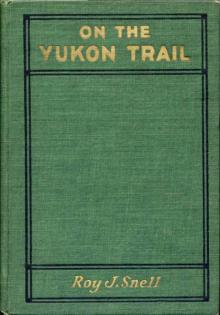 On the Yukon Trail
On the Yukon Trail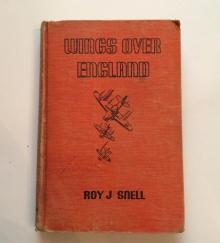 Wings over England
Wings over England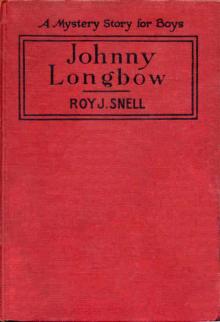 Johnny Longbow
Johnny Longbow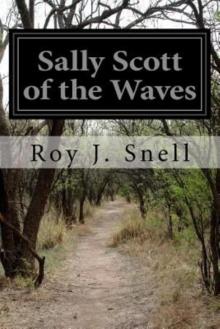 Sally Scott of the WAVES
Sally Scott of the WAVES The Secret Mark
The Secret Mark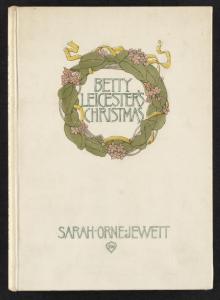 Betty Leicester's Christmas
Betty Leicester's Christmas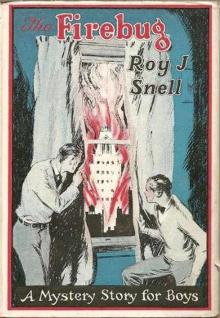 The Firebug
The Firebug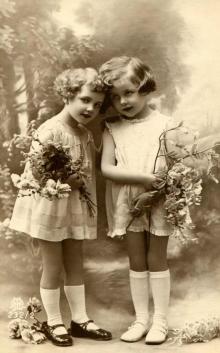 Minnie Brown; or, The Gentle Girl
Minnie Brown; or, The Gentle Girl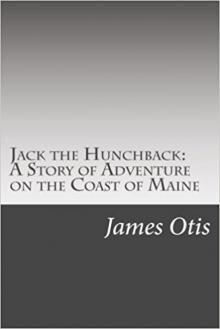 Jack the Hunchback: A Story of Adventure on the Coast of Maine
Jack the Hunchback: A Story of Adventure on the Coast of Maine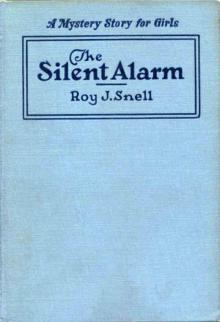 The Silent Alarm
The Silent Alarm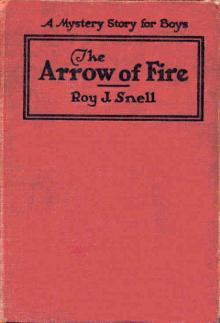 The Arrow of Fire
The Arrow of Fire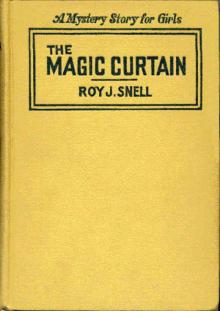 The Magic Curtain
The Magic Curtain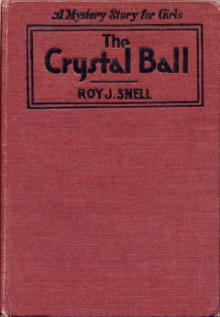 The Crystal Ball
The Crystal Ball The Secret of Casa Grande
The Secret of Casa Grande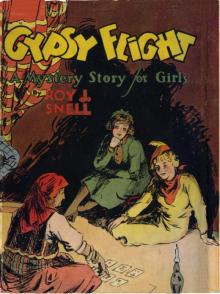 Gypsy Flight
Gypsy Flight The Mystery of Carlitos
The Mystery of Carlitos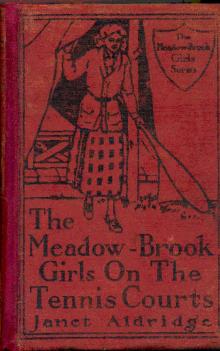 The Meadow-Brook Girls on the Tennis Courts; Or, Winning Out in the Big Tournament
The Meadow-Brook Girls on the Tennis Courts; Or, Winning Out in the Big Tournament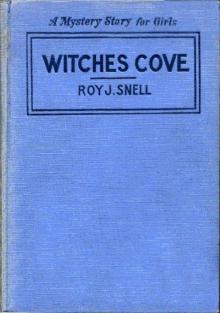 Witches Cove
Witches Cove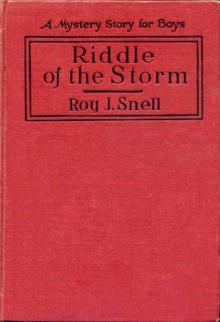 Riddle of the Storm
Riddle of the Storm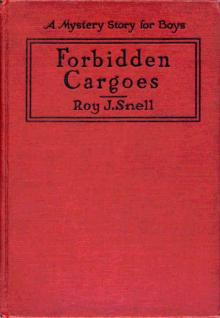 Forbidden Cargoes
Forbidden Cargoes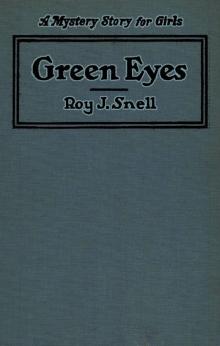 Green Eyes
Green Eyes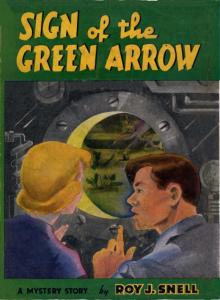 Sign of the Green Arrow
Sign of the Green Arrow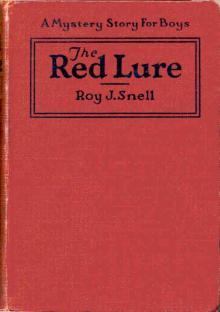 The Red Lure
The Red Lure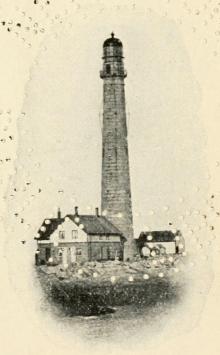 The Light Keepers: A Story of the United States Light-house Service
The Light Keepers: A Story of the United States Light-house Service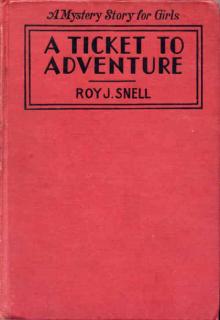 A Ticket to Adventure
A Ticket to Adventure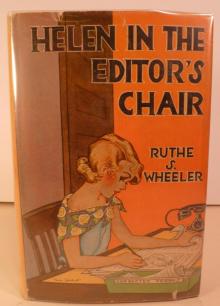 Helen in the Editor's Chair
Helen in the Editor's Chair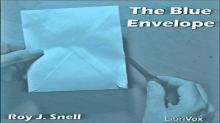 Blue Envelope
Blue Envelope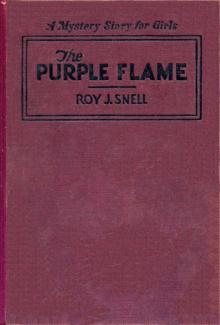 The Purple Flame
The Purple Flame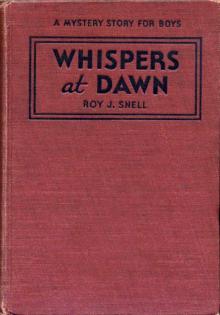 Whispers at Dawn; Or, The Eye
Whispers at Dawn; Or, The Eye The Rope of Gold
The Rope of Gold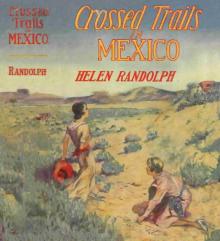 Crossed Trails in Mexico
Crossed Trails in Mexico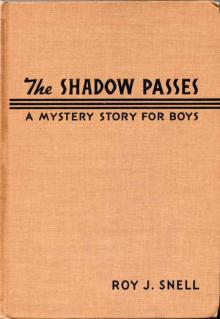 The Shadow Passes
The Shadow Passes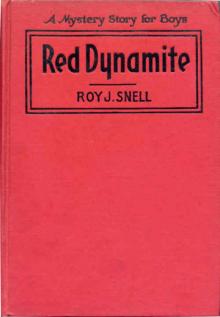 Red Dynamite
Red Dynamite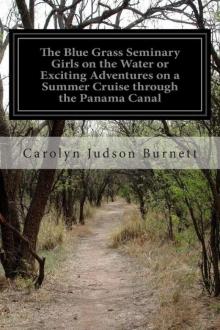 Blue Grass Seminary Girls on the Water
Blue Grass Seminary Girls on the Water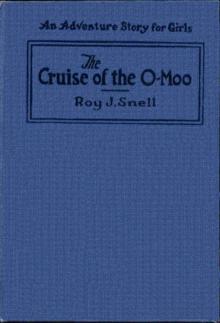 The Cruise of the O Moo
The Cruise of the O Moo